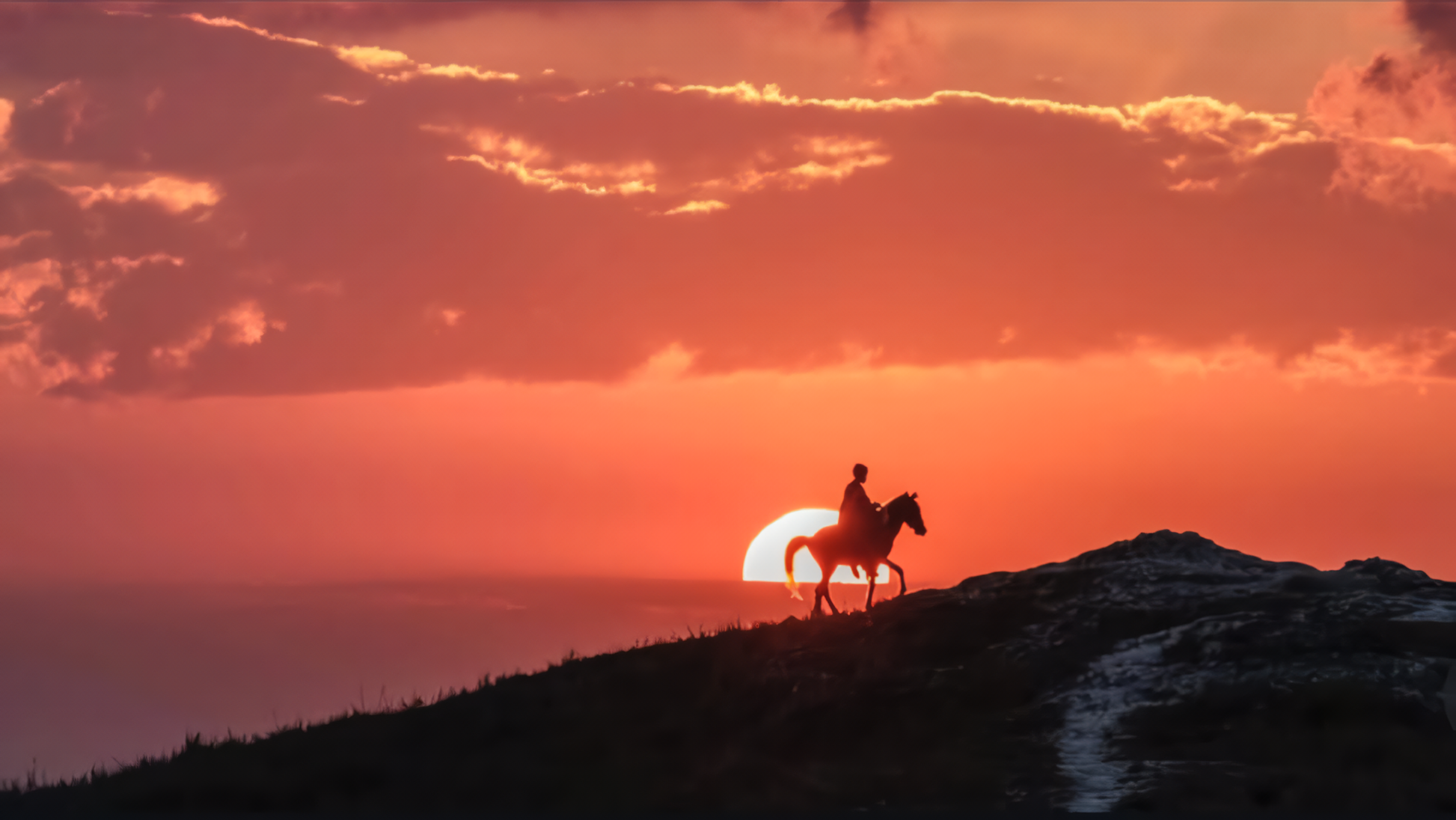Sumba, an island in Indonesia's East Nusa Tenggara province, is often overshadowed by its more famous neighbors like Bali and Lombok. However, this hidden paradise is a treasure trove of natural beauty and cultural richness waiting to be explored.
Often described as a hidden gem of Indonesia, Sumba remains under the radar of mainstream tourism. This makes it an ideal destination for those who seek solitude and authenticity.
In a world growing increasingly commercialized, Sumba preserves its traditional ways of life. It is marked by sacred rituals, megalithic tombs, and ancestral villages. Yet, it also welcomes the spirit of adventure, with diverse landscapes for thrill-seekers, nature lovers, and cultural enthusiasts.
Read also: Why Lorentz National Park in Indonesia Is One of Its Kind in the World
This article highlights some of Sumba’s hidden locations and the experiences they provide for adventurous travelers.
Dancing Trees: Ecological Tourism in Mangrove Habitats
In the vicinity of Waingapu, the capital of East Sumba, a unique formation of mangrove trees has gained attention for its unusual root and branch structures, often referred to informally as “Dancing Trees.” These trees are located within a mangrove forest that plays an important ecological role in coastal protection and biodiversity conservation.
The area offers opportunities for environmental education, ecological tourism, and photography. Visitors often access the site during low tide to walk through the forest and observe the root systems more closely.
Bukit Warinding
Located in East Sumba, Bukit Warinding (Warinding Hill) is a series of grass-covered hills that extend over a wide area. The visual characteristics of this landscape vary according to the season—lush and green during the wet months and dry with yellow-brown tones during the dry season. Bukit Warinding is especially popular with photographers, who come to the area during sunrise and sunset to capture the hills bathed in soft light.
Read also: Ko Samui, Tropical Paradise in the Gulf of Thailand
In addition to its natural beauty, Bukit Warinding is surrounded by traditional Sumbanese villages, where visitors can learn about local customs and daily life, adding cultural depth to the experience. It also offers hiking opportunities of moderate difficulty. There are currently few formal facilities in the area, and most visits are self-guided.
Weekuri Lagoon, A Natural Saltwater Pool
In the western part of Sumba, Weekuri Lagoon is a natural saltwater pool surrounded by rugged cliffs and lush greenery. Its crystal-clear waters shimmer in shades of turquoise and emerald, creating a surreal and tranquil atmosphere.
The area is suitable for low-impact activities such as swimming, wading, and snorkeling. For adventure seekers, the cliffs surrounding the lagoon provide stunning viewpoints and opportunities for cliff diving, making this destination more thrilling.
Pantai Mandorak
Pantai Mandorak, or Mandorak Beach, is a hidden gem known for its pristine white sands and dramatic cliffs. Located in western Sumba, this beach offers a quiet retreat far from the usual tourist crowds. The turquoise waters are perfect for swimming and snorkeling, while the cliffs provide opportunities to capture panoramic views of the coastline.
Read also: Roti Buaya, A Crocodile-Shaped Culinary Treasure From Indonesia
The remote ambiance of Pantai Mandorak makes it an ideal spot for picnics or simply enjoying the peaceful surroundings. Its unspoiled nature and gentle waves offer a sense of tranquility that appeals to both adventurers and those looking to relax.
Sumba Cultural Conservation and Learning Institute
Sumba’s natural beauty is complemented by its cultural traditions. In Weetebula, the Sumba Cultural Conservation and Learning Institute provides insights into the island’s heritage, from weaving techniques to architectural styles and ceremonial rituals. Visiting the institute is an enriching experience for those interested in the history and craftsmanship of the Sumbanese people.
Waingapu Night Market is another cultural gem where visitors can enjoy local delicacies and browse handmade crafts. The market offers a glimpse into everyday life on the island and provides an opportunity to connect with its friendly and welcoming community.






















